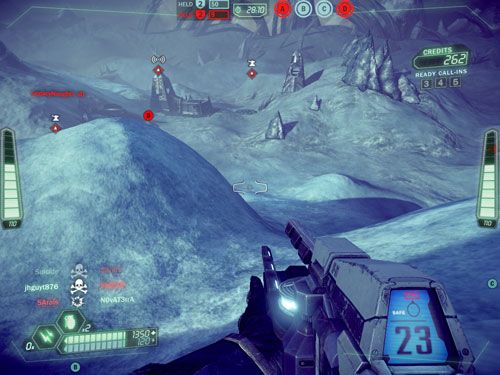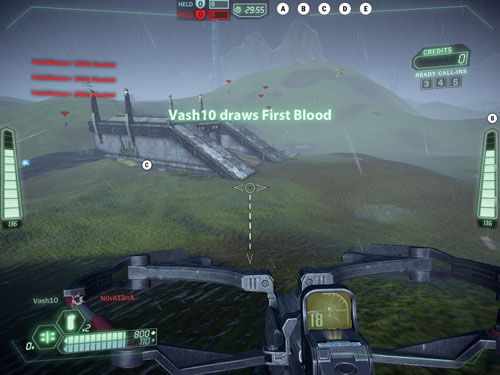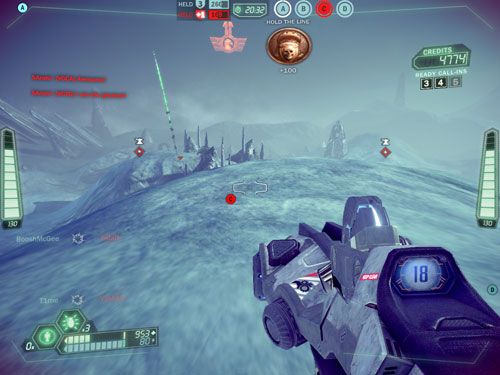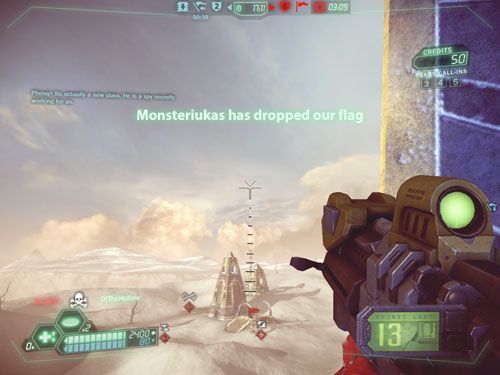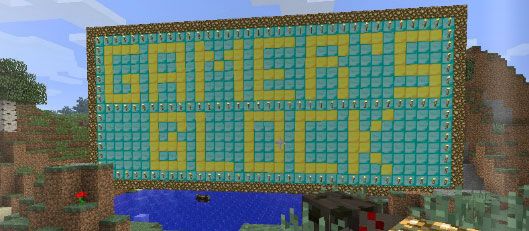
To help out a friend, I wrote the following late last year. You can check out its original appearance in The Guardian Force here.
Here’s where I don my old-man hat and shake my cane at you whipper-snappers. When I was growing up, I had two types of toy at my disposal that had nothing to do with my sisters’ Barbie dolls. One was my small selection of Transformers. I miss them to this day. The other was my plastic bin of LEGO bricks. Blacktrons were the highlight of my young constructive life, as I built all sorts of spacecraft and launched them into adventures. Sure, I’d follow the instructions of a given set at least once, but after that all the bricks went into the bin and, later, I’d cobble together whatever I wanted.
It’s to this impulse towards free-form construction with basic materials that a pair of indie games appeal. One is Minecraft, the wunderkind title of Mojang which has captured the hearts and minds of nerds around the world with an efficiency and completeness that make the propoganda machines of the most nefarious of information spinners green with envy. The other calls itself Terraria, and is a side-scroller from ReLogic that at once speaks to simpler days of graphics and music with bits numbering 16 or less while boasting an expansive world with objectives, oddball items to construct and bosses that will consume your soul the way games like this eat up your free time and idle brain functions.
Despite similarities in premise and foundation, the two games are actually very different. I mean, yes, both games generate the player’s world procedurally & spontaneously rather than giving you the same map every time. And both have engines that account for gravity, the flow of fluids like water and lava and the arcs of projectiles like arrows. Oh yeah, and both have zombies, skeletons and other creatures that go bump in the night. So other than their different viewpoints, what makes these games different? Both are, in essence, bins of building blocks provided for the edification of player creativity.
The divergence comes in terms of guidance and goals. Minecraft, for better or worse, is essentialy a free-form construction tool. It is flexible and accomodating for players of all stripes. It’s the kind of sandbox-type environment where you can realistically envision a scale recreation of the wizard tower Orthanc from Lord of the Rings in obsidian, if it weren’t for the explosive and suicidal Creepers bent on wrecking all you’ve built. However, in-game information can be difficult to come by. You’re pretty much dumped into this brave new world with nothing but the clothes on your back and only the vaguest of ideas on how to begin. It’s not unlike opening your bin of LEGOs to find you’ve misplaced all of the instructions. There’s nothing wrong with this sort of freedom, of course, but it does mean in-game objectives are few and far between.
On the other hand, Terraria comes pre-packaged with tiers of involvement. You may be comfortable just building yourself a house to ward off the nightly zombie hordes, or you can deal with what you encounter as you explore. What’s this? Corrupt ground rife with Lovecraftian horrors? Going to need some equipment to handle that, and at the very least a helpful guide has followed you into this new world to tell you how to use those resources you’re digging up with the pickaxe in your starting inventory. There’s clearly some direction the world and your progression through it, which lends itself to more of an adventure/RPG feel. Being more user-friendly, however, belies the challenges that await. And considering there are at least two bosses that only emerge due to players enacting specific items within the game world, you’ve only yourself to blame when your body parts start flying off.
The two games are quite similar yet appeal to different mindsets. Purely creative-minded gamers will lean more towards Minecraft, where the intricate use of in-game resources can replicate complex circuits to the point of simple computers existing within the virtual world. Those with an eye towards an ever-growing progression of gear and powers aimed at overcoming complex monster encounters will be most interested in mincing into Terraria. These two groups do overlap somewhat, and it’s entirely possible to enjoy both games equally. Which is “best” is purely a subjective matter.
However, both games allow for nearly limitless creativity, both present challenges that reward said creativity and both are extremely immersive and time-consuming. Whichever you choose, you’re going to lose hours there. Given the nature of the games in question, it’s entirely possible you will lose all sort of productivity to a serious case of gamer’s block.



